Everyone is familiar with vinyl records. Whether your parents have a stack of them in the garage or you are enjoying the resurgence of vinyl in the modern musical world, you are likely to have seen this musical format one way or another, and you may have wondered if these records are really made from vinyl? What are vinyl records actually made from? Let’s find out!
Vinyl records are made of polyvinyl chloride, otherwise known as vinyl or PVC. This material is a type of resin plastic made from ethylene and chlorine. PVC is durable, cheap, easy to manufacture, and made from sustainable materials. Modern vinyl records are high quality and last for a long time.
Vinyl records were once the most advanced musical format, but they were eventually made obsolete by cassette tapes, CDs, and ultimately digital media. However, this format has made a comeback in recent years, and more people are enjoying vinyl now than in the last 25 years.
Let’s explore the materials that go into making vinyl records and learn more about how they are produced.
What Are Vinyl Records Made Of?
The modern musical world has seen a resurgence of vinyl records, and they have become a niche audio format that many millions of people are enjoying more and more. As the demand for vinyl records increases, more people are becoming curious about the format and wondering what these records are made from.

The short answer is that vinyl records are made from vinyl. That answer may be somewhat anticlimactic, but vinyl records are so named due to the material they are made from.
The truth is that the term ‘vinyl’ is a shortened, colloquial name for the material called polyvinyl chloride, also known as PVC. Polyvinyl chloride is the material used for making vinyl records.
The name of the material is shortened to ‘vinyl’ simply because it is easier to say than polyvinyl chloride and more attractive to say than PVC.
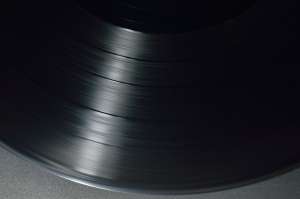
PVC is essentially a type of plastic that is made from two major components. Ethylene from crude oil is combined with chlorine from salt to form polyvinyl chloride. This plastic is technically considered a resin and is the second most manufactured plastic resin in the world right now.
Vinyl is cheap to produce; it can be made transparent or in a wide range of solid colors; it is durable, recyclable, and has a very long lifespan. Vinyl is considered to be eco-friendly as it is made from mostly renewable resources.
This material has been in use since it was invented in the 1920s and was originally developed to be an affordable manufacturing material that can be produced sustainably.
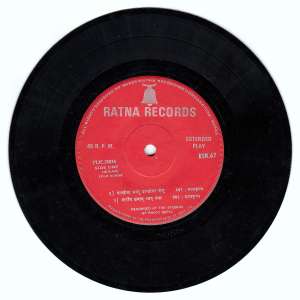
Vinyl is ideal for pressing records because it is easily pliable and moldable when exposed to high heat and humidity, but once it cools, it retains its shape very well without wearing down easily at all.
This makes it ideal for records as the records can be played hundreds of times before the needle on the player begins to degrade the musical grooves pressed into the vinyl.
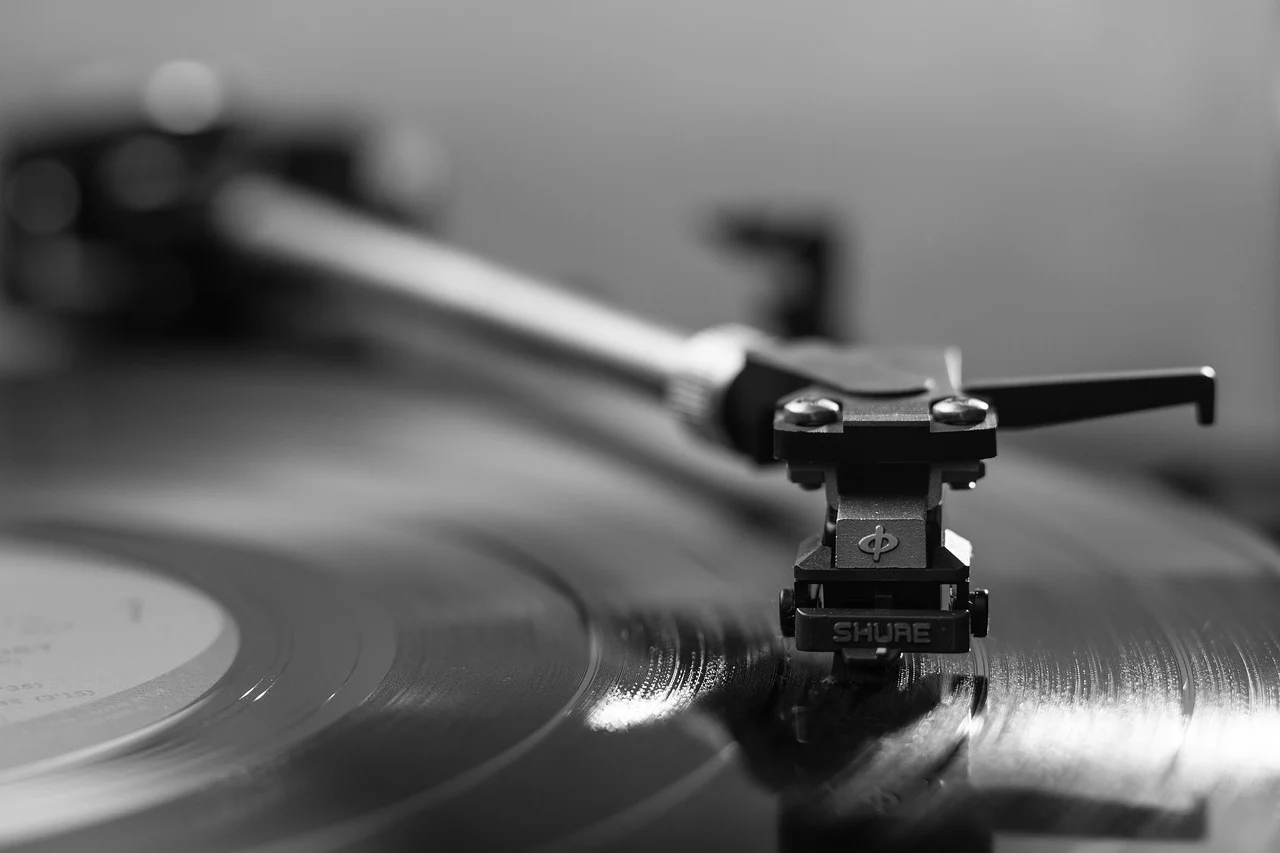
Vinyl is perfect for making records, and if the records are made well with good quality products and techniques, they will last for a very long time and produce very high audio quality when played.
How Are Vinyl Records Made?
Now that we understand what vinyl records are made from, you may be wondering how the same material that is used to make flooring, building materials, and even plumbing conduits is used to make records.
Vinyl records are made by first recording music, which is then mastered specifically for being used with vinyl. The recording is carved into a lacquer disk by playing the audio files through a ruby carving needle. As the lacquer disk spins, the needle vibrates and carves the sound waves of the audio into the lacquer.
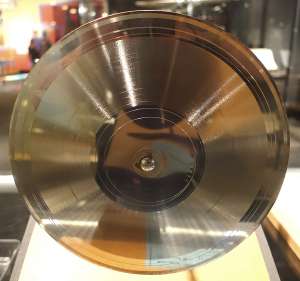
This lacquer disk is then taken to a processing plant, where it is hardened and coated in liquid silver. The silver is then hardened in a nickel solution bath and removed from the lacquer disk. This silver record is known as the master disk.
The master disk is the template for all the vinyl records that will be made from it and can be used to press up to 100,000 vinyl records.
The vinyl record is made by melting down shaved vinyl chips into a solid puck of vinyl. The vinyl puck is heated to very high temperatures and exposed to steam which makes it pliable and ready to be pressed.
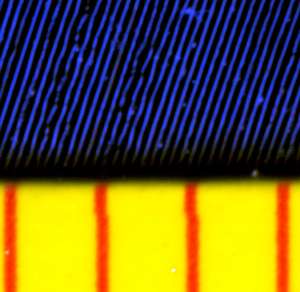
The puck is passed into a record press which mechanically stamps the master record into the vinyl puck, transferring the audio grooves into the vinyl itself. This pressing also flattens out the record and enlarges it.
The record is then cooled until it solidifies, and any excess vinyl is trimmed off and recycled into other records. Once the record is stamped and trimmed, it is ready to be played. The process is really that simple.
These records are inspected, packaged, and sent out for sale, making them available for use to anyone who owns a record player.
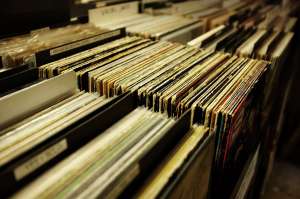
Were Records Always Made From Vinyl?
Vinyl records are fascinating items, and the way they work is very interesting as well, but were records always made from vinyl? Were they ever made from wax similar to other early audio mediums?
Record disks were never manufactured from wax. Even though there were some early prototypes that were made from wax, they never worked well. Wax cylinders were used, but wax was not used for commercial records.
The material used for record disks before vinyl is called shellac. Shellac was used for record discs before the invention of PVC. Shellac is a type of resin made from resin secreted by an insect only found in Asia.
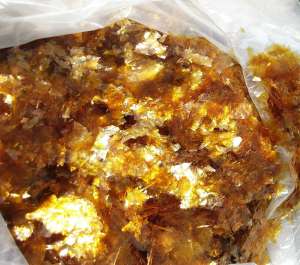
This resin is removed from the trees, where it is found, processed, and sold as dried flakes. These flakes were dissolved in alcohol to make liquid shellac, which was then formed into disk records.
These shellac records were far more brittle and much less durable than vinyl records, which is why vinyl quickly became the preferred medium for record disks after its invention.
Conclusion
Vinyl records are made from polyvinyl chloride, known simply as ‘vinyl.’ This material is ideal for making audio records because it holds its shape well, it is easy to produce, it is sustainable, and it is very durable, which means the records can be played many times without going dull.
All modern vinyl records are very well made and will last for a very long time if they are well-cared for. These records are slowly becoming more popular, and understanding what they are made from is only one of the reasons why so many people are becoming more interested in analog record disks.
You can learn about active vs passive speakers for listening to vinyl records here.
You can also learn about using studio monitors to listen to vinyl here.
You can learn more about the history of vinyl records here.
